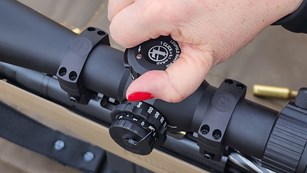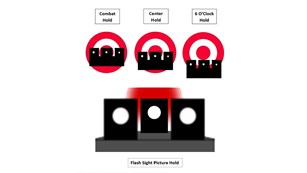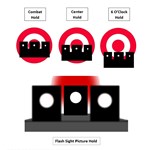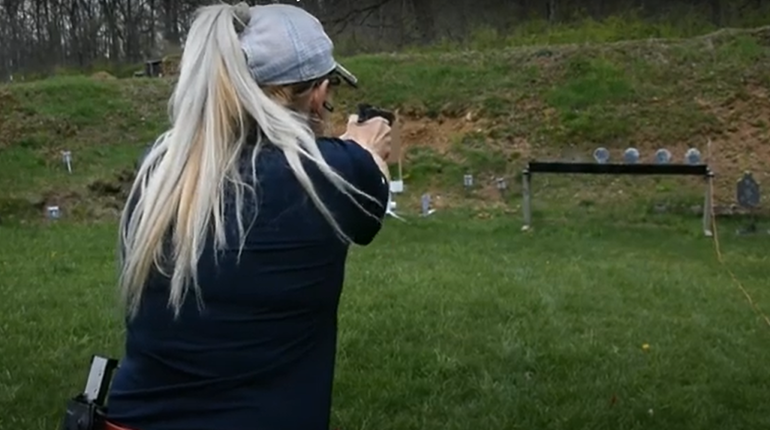
Home break-ins are among the scariest crimes, because they violate the one space where we should feel most safe: our own homes. If you’re home at the time of a break-in, the situation is deadly serious, but even if you’re not, the feeling of knowing someone has been in your house is something no one wants to live with—to say nothing of the mess and heartache that comes with having your stuff stolen or destroyed.
The best way to lessen your chances of a home break-in is to make your house a hard target—make it just too much of a pain for the average thief to want to bother with. And the best way to do that is to follow a four-step process called the Four D’s.
1. Deterrence
You want your house to look like a hard target from the outside, so a would-be burglar cruising the street decides at a glance that it’s not worth fooling with. Possibly the best way to do this is with good lighting. Leave your outdoor lights on at night, or have them on motion sensors. Obvious security cameras and signs or stickers that advertise your security system are good, too, and so is thick or thorny landscaping that makes it difficult to access your windows from the outside. Landscaping is a double-edged sword, though. Make sure it does not obscure windows and create good hiding places where a burglar can operate unseen from the street.
Deterrence also includes taking steps to make it less obvious when you’re away on vacation. Stop your mail, have a neighbor bring in your packages, put interior lights on a timer, and hire someone to cut the grass if necessary so the house looks lived in.
2. Detection
If someone does get too close to your home, you want a way to detect them. This can be a barking dog, surveillance cameras that send a notification to your phone when someone approaches, the aforementioned motion-sensor lights, or even a neighborhood watch. Note that this step not as much of a security measure; it is designed more to give you a head’s up than to change a burglar’s mind, although it can serve as a deterrent in some cases (like if your barking dog sounds big and scary).
3. Delaying
If someone attempts to enter your property or your home despite the deterrence measures you’ve taken, you want to slow them down in hopes that they’ll give up, someone will spot them or you’ll have time to alert the police after your detection method let you know that there’s a security breech. You can delay a burglar’s entry by using strong locks and deadbolts, putting up an additional barrier to entry like a gate or a fence, and using security film on your windows that makes them more difficult to break. And keep your garage door closed, even when you’re home—an open garage door offers easy access for a thief to enter or to hide out until he decides to make a move.
4. Denying and Defending
In addition to delaying, you want to straight-up deny someone entry the best you can. You do this by actually using those locks and deadbolts you’ve installed and perhaps utilizing an alarm system that sounds if a key code isn’t typed, a badge isn’t swiped or a biometric unlock mechanism isn’t used with a few seconds of entry. Denying isn’t just for entry, either—you want to use delay and denial mechanisms inside the house to protect your valuables, too. That includes things like safes and safe rooms.
Of course, we can’t forget the “defend” part of this step. Hopefully your alarm system is set up to automatically contact the police if the alarm trips. Regardless, keep your phone by your bed so you can quickly make that 9-1-1 call if necessary. And, naturally, your home-defense firearm falls in this category as well. God forbid you’re ever in a situation that requires you to use it, but if worse comes to worst, that’s what it’s there for.















































